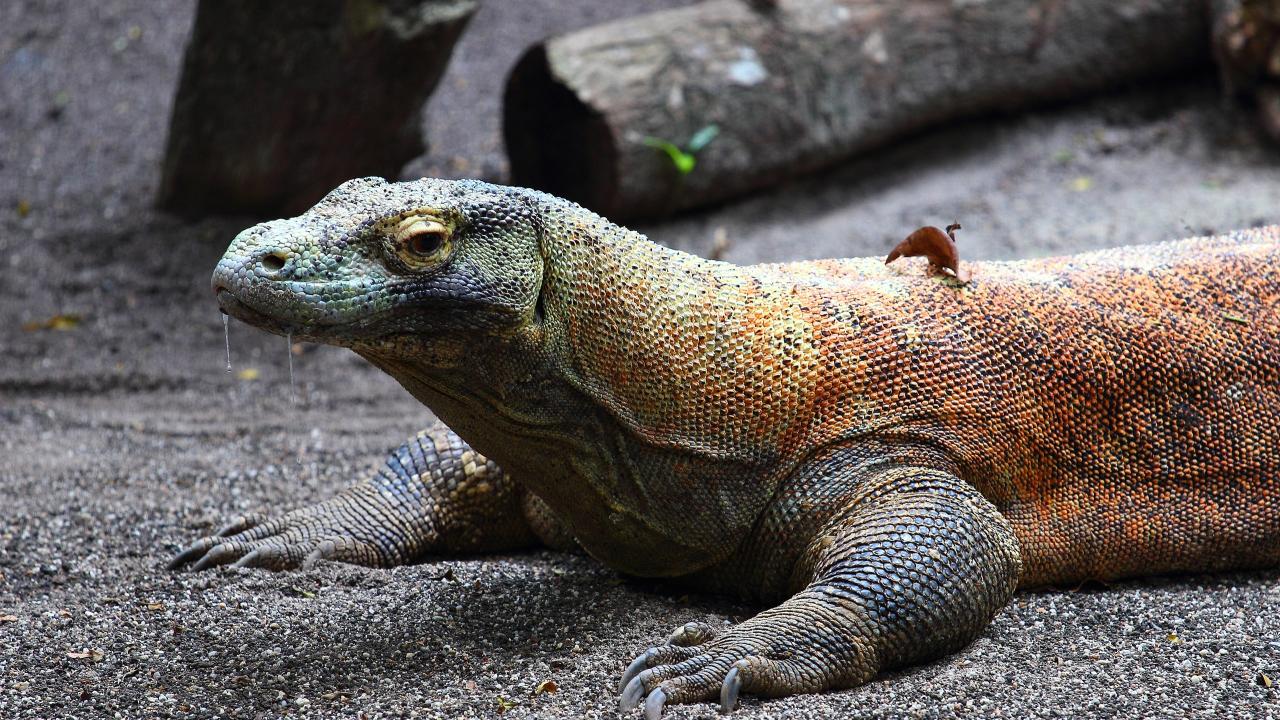Modern birds and mammals are “warm-blooded” or endothermic, maintaining a constant body temperature and generating heat internally, while reptiles rely on heat from their surroundings. It has been known for some time that at least some dinosaurs, including the direct ancestors of modern birds, were also endotherms.
In 2022, a team led by Yale University researchers used traces of biomolecules from fossils to measure metabolism in animals that died millions of years ago. Their data showed, they claimed, that endothermy evolved even before dinosaurs appeared, in the common ancestor of both dinosaurs and the flying reptiles, pterosaurs.
Now a new analysis of the data by paleontologists from UC Davis challenges this interpretation. The study is published Sept. 6 in Nature.
“The original paper used proxy markers to argue that dinosaurs were endothermic, maintaining a high body temperature through a high metabolic rate,” said Geerat Vermeij, distinguished professor of earth and planetary sciences at UC Davis and corresponding author on the paper. “We argue that high body temperatures could be from other means.”
Vermeij and UC Davis colleagues Professor Ryosuke Motani, Associate Professor David Gold and Professor Emerita Sandra Carlson found three issues with the original paper by Jasmina Wiemann and colleagues.
Wiemann’s team measured advanced lipoxidation end-products (ALEs) as proxy markers for metabolic rate. They compared measurements of ALEs from fossils with present day animals, concluding that animals with a high metabolic rate were likely endothermic.
The Davis team points out, however, that animals have different types of metabolic rate. Endotherms, such as mammals, maintain a steady, high basal metabolic rate throughout the day. In reptiles and other ectotherms, the resting metabolic rate changes during the day depending on external temperature.
Different types of metabolic rate
Metabolic rate increases further when animals are active and their muscles generate heat. Exercise metabolic rate tends to correlate with resting metabolic rate, but there are exceptions to this. For example, monitor lizards, which are large and highly active reptiles, can boost a low resting metabolic rate to very high levels through exercise.
It’s therefore not possible to draw conclusions about metabolic rate from a fossil without knowing what was the external temperature, and what the animal was doing immediately before it died.
A second problem is that we do not know enough about how long ALEs remain in tissues or if the measurements from different animals can really be compared. While some fossils can be compared to modern animals, others, such as the giant sauropods of the Cretaceous, were much larger than any land animal alive today and living in hotter conditions.
Finally, Vermeij, Motani, Gold and Carlson take issue with how Wiemann and colleagues reconstructed the evolution of endothermy. The uncertainty in these measurements, they write, is simply too large to infer that endothermy appeared in the ancestor of dinosaurs and pterosaurs. The more likely explanation is that endothermy evolved later and separately in these groups, as it did in mammals, they said.
The recovery of traces of biomolecules from fossils is a potentially powerful tool for understanding the lives of animals that have been extinct for millions of years, but the results need to be approached with caution, Vermeij said.
“It’s very useful to get these proxies, but we have to be very careful about how we use them,” he said.
Media Resources
Amniote metabolism and the evolution of endothermy (Nature, 2023)
Fossil biomolecules reveal an avian metabolism in the ancestral dinosaur (Original article in Nature, 2022)
